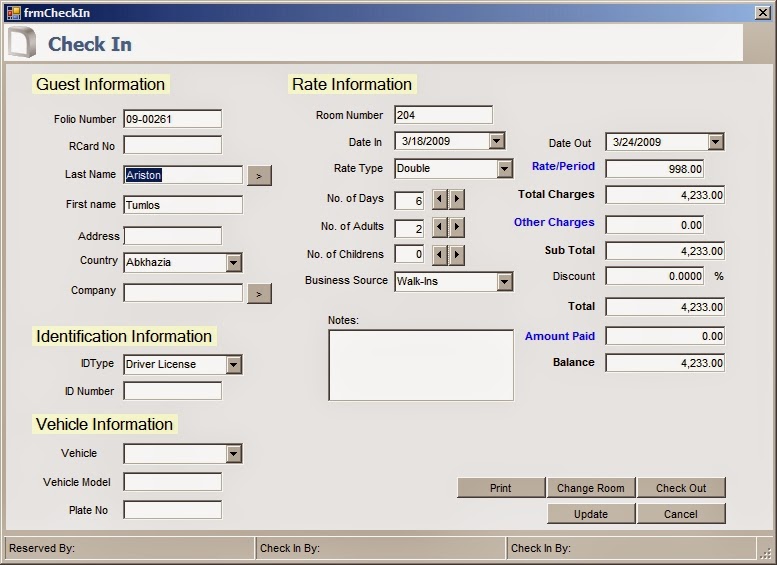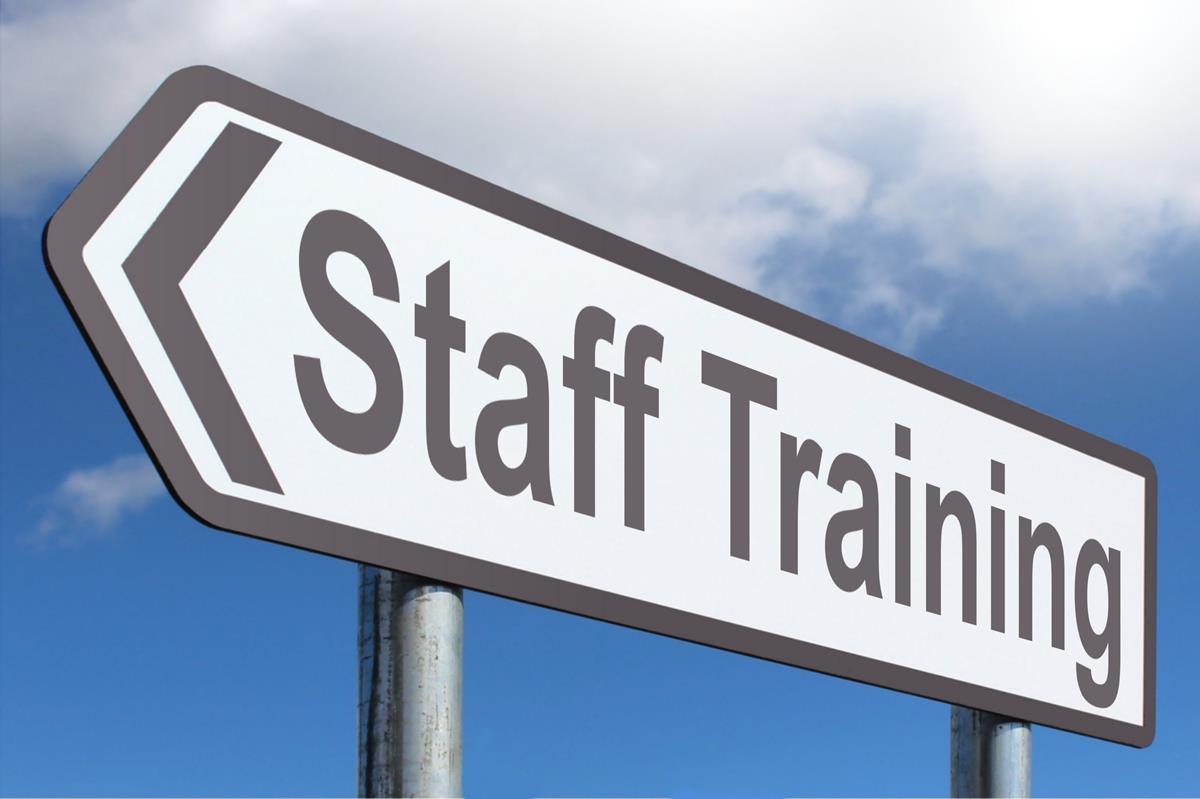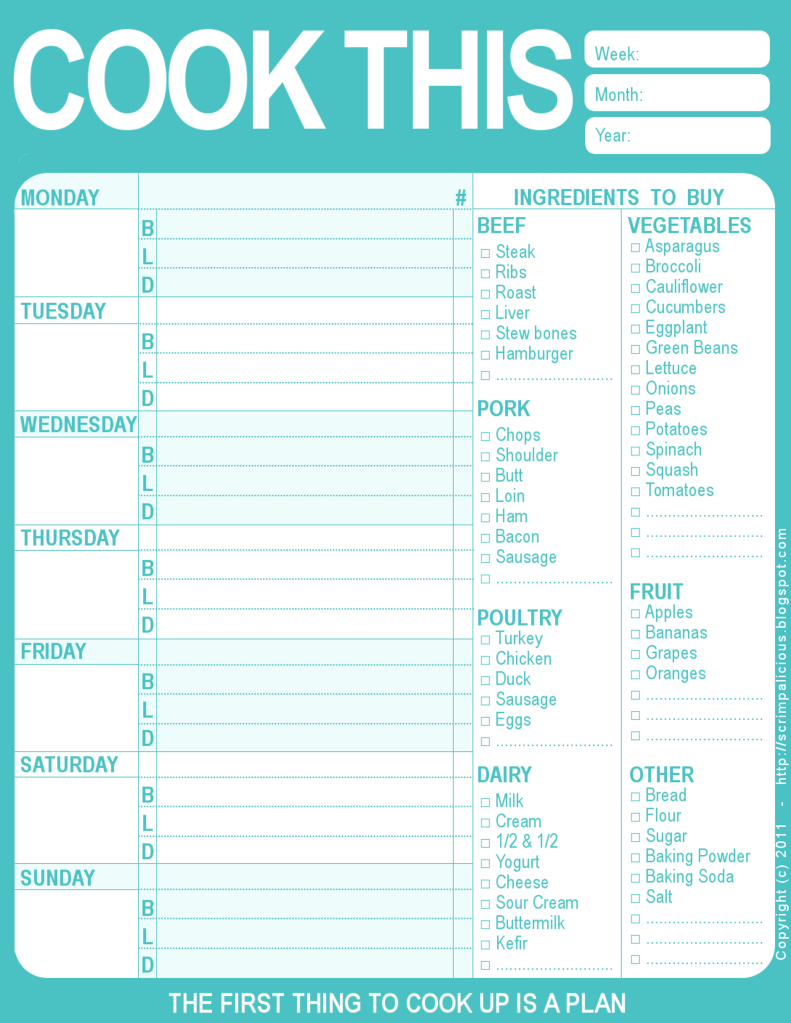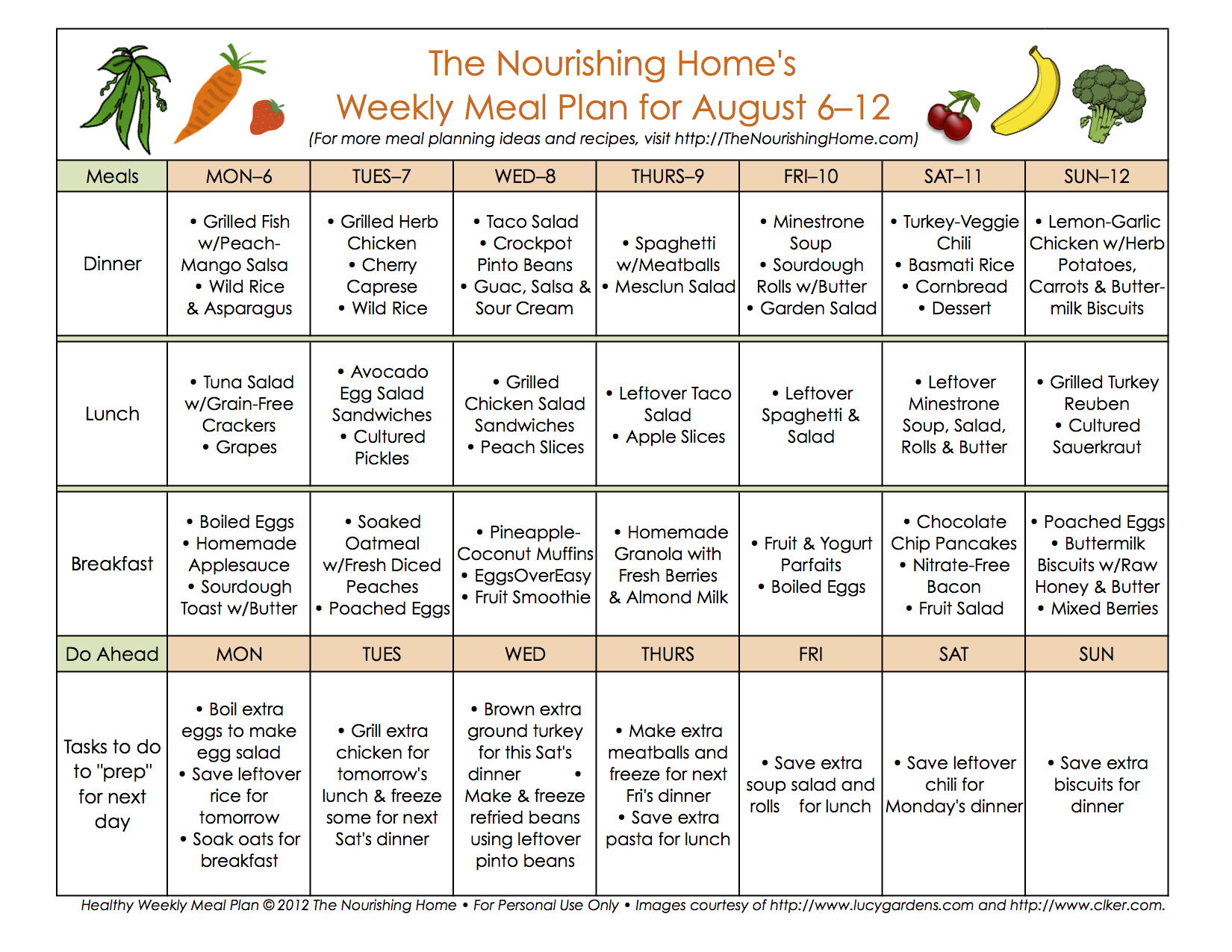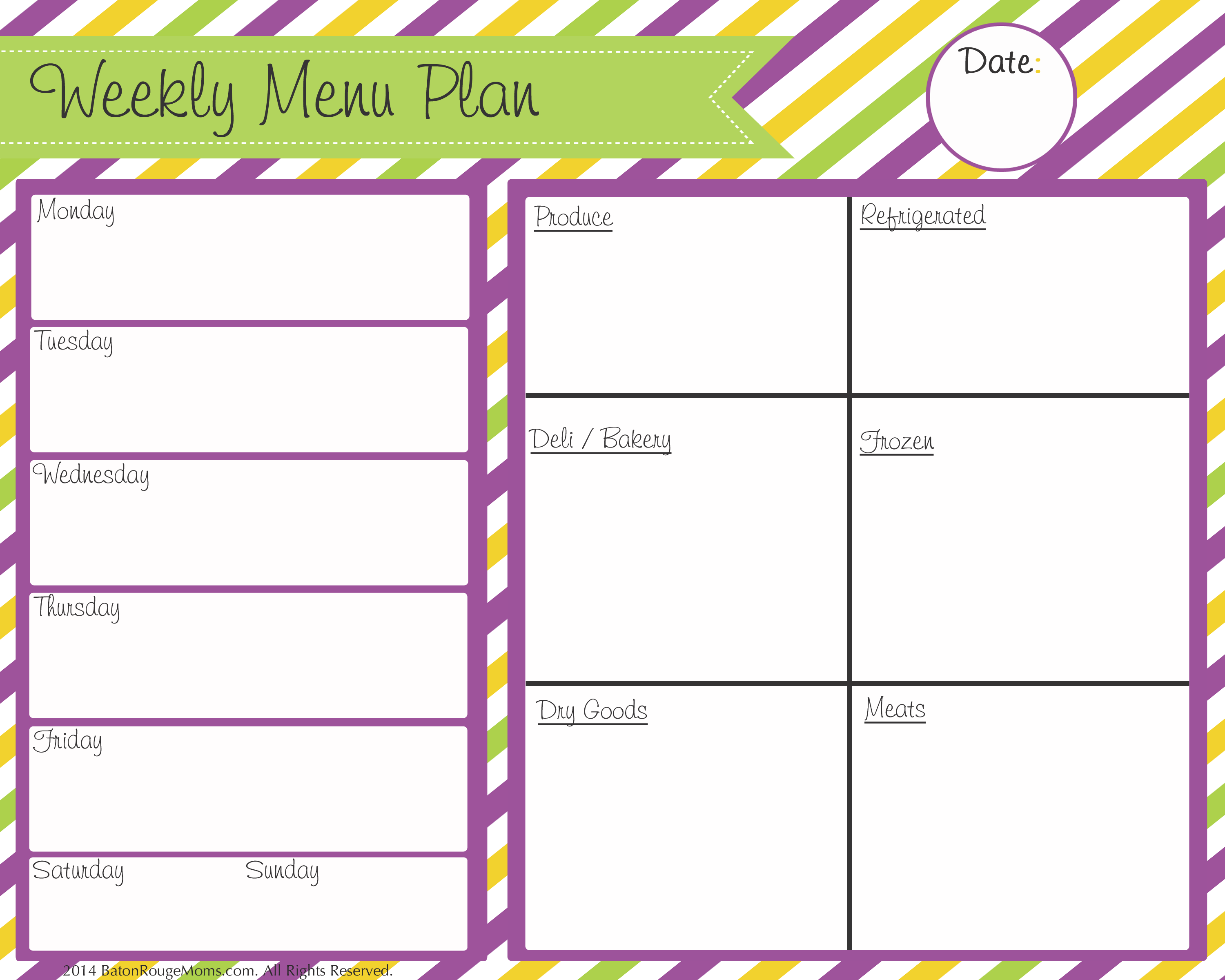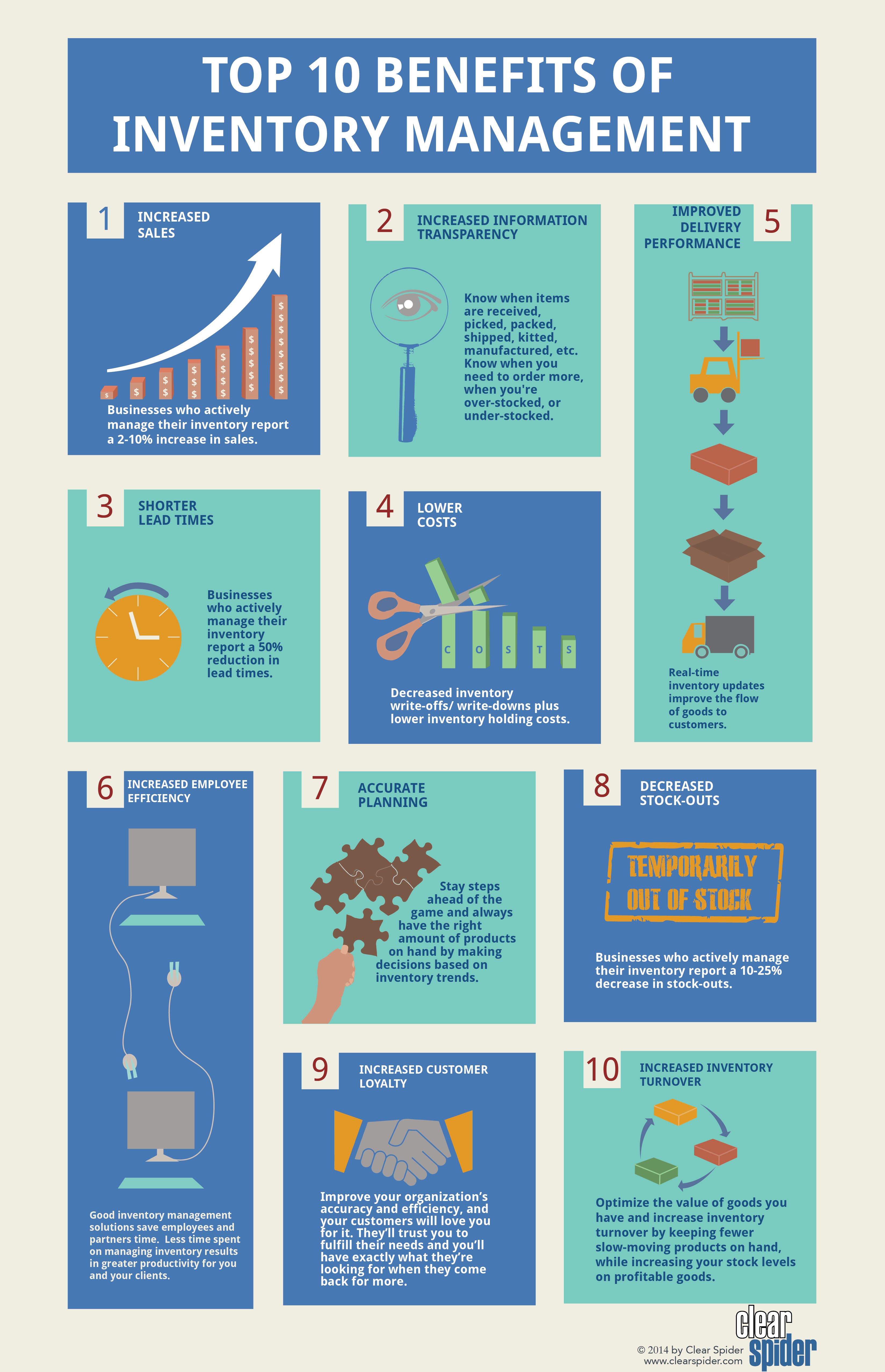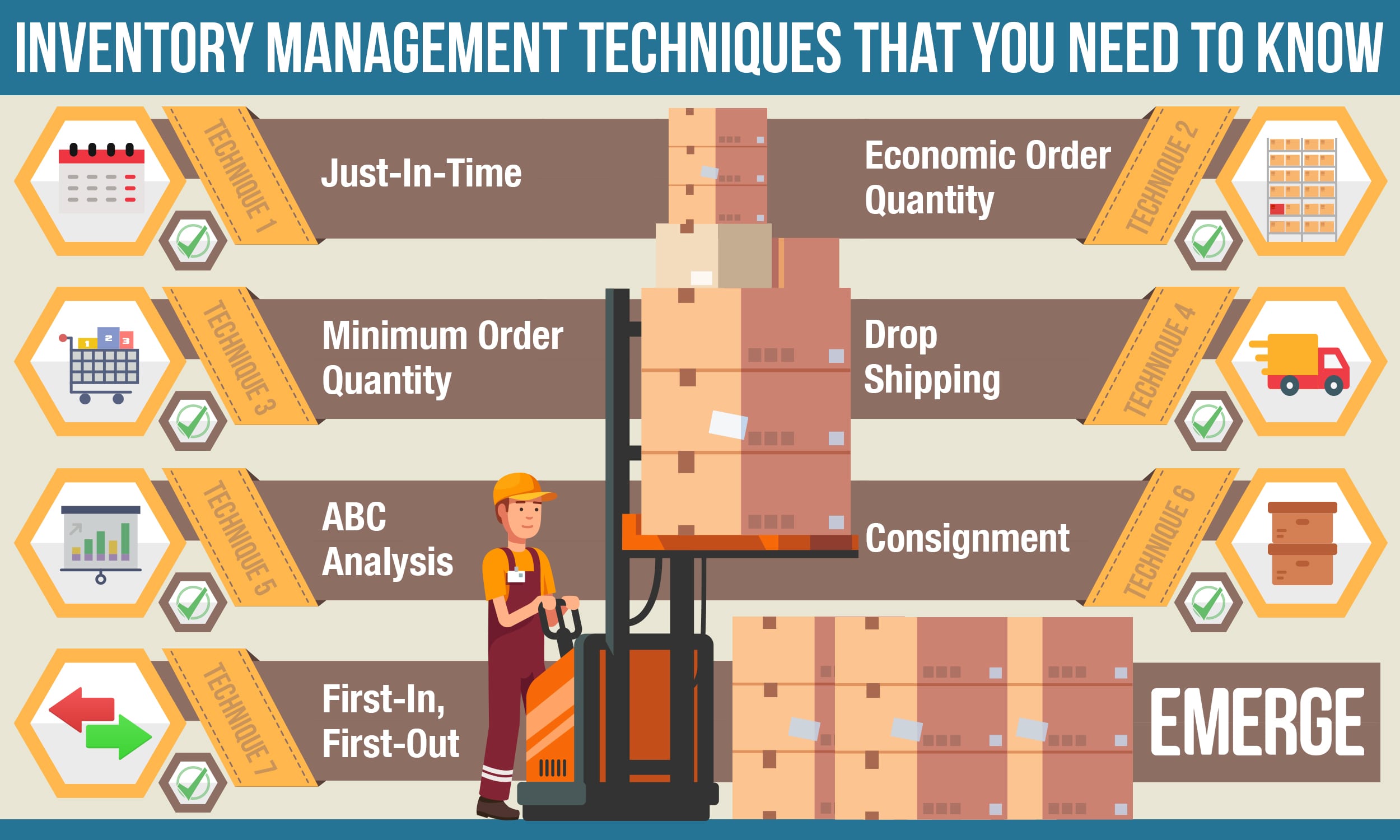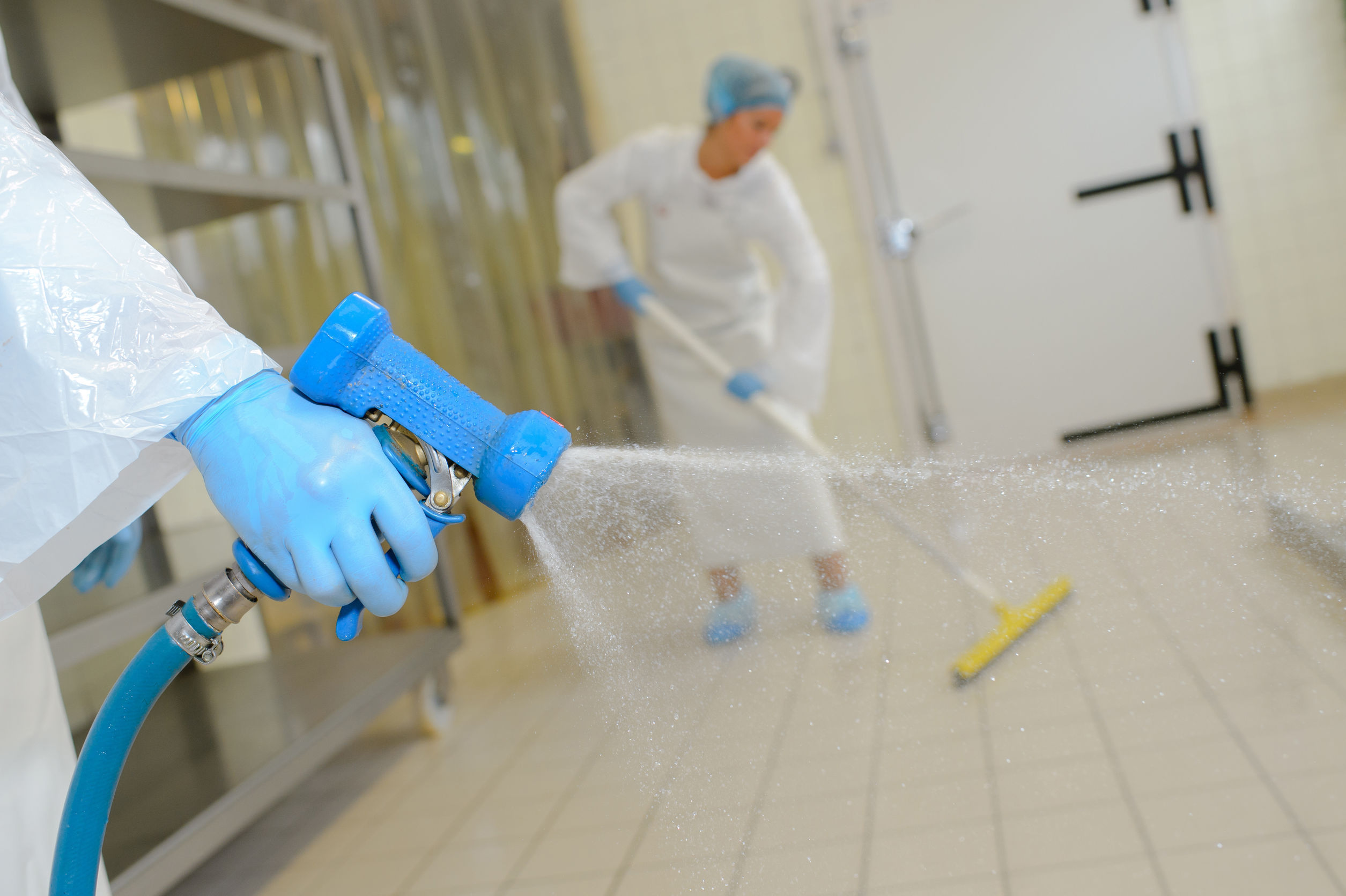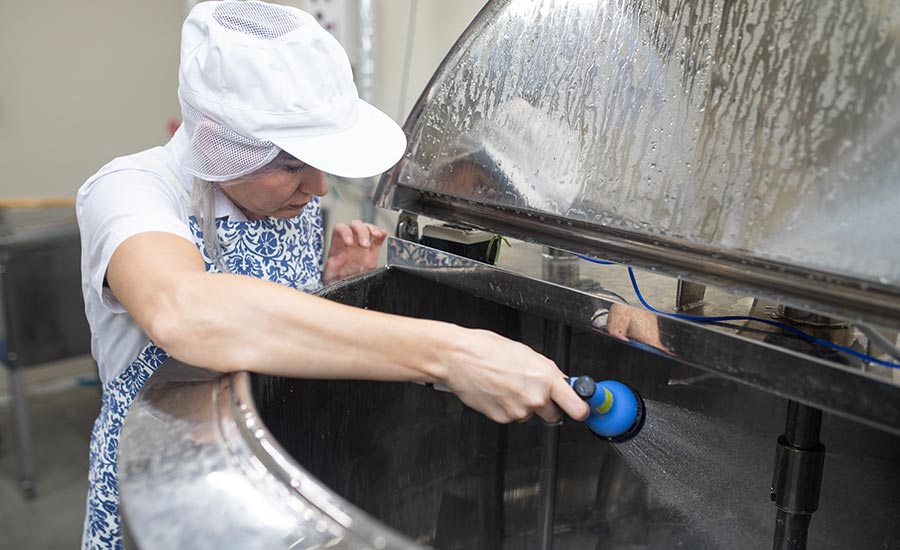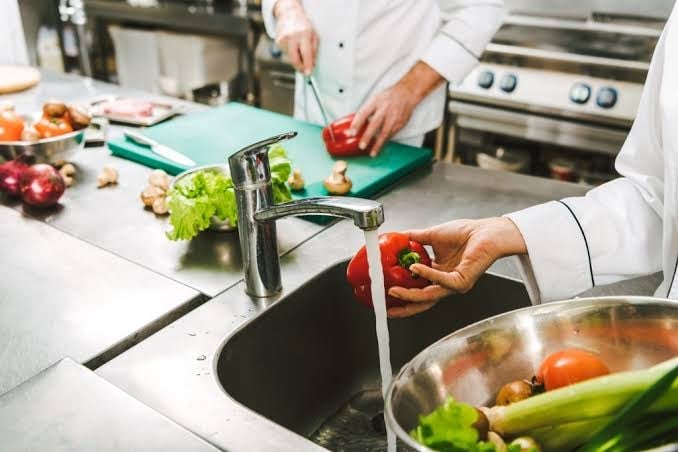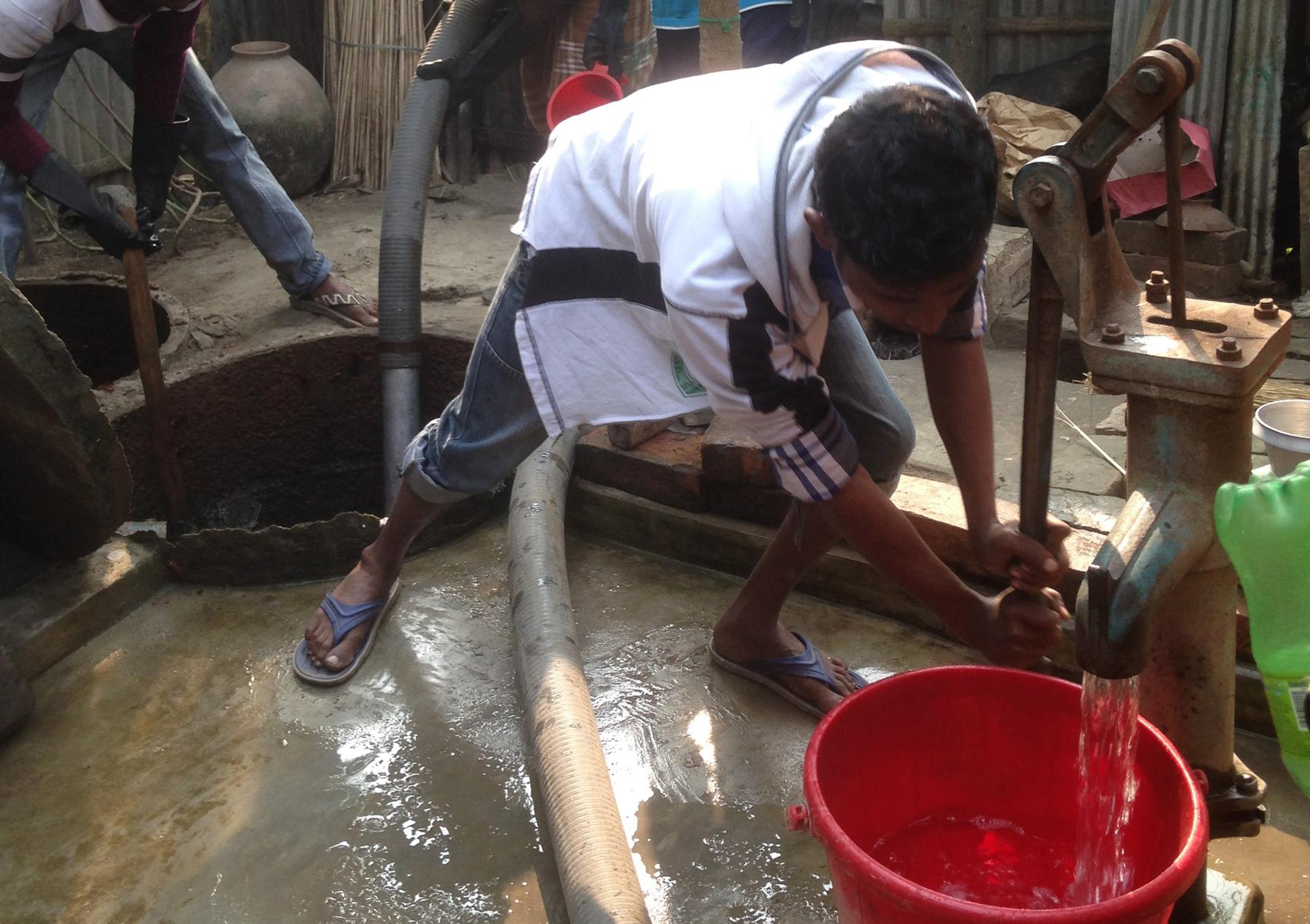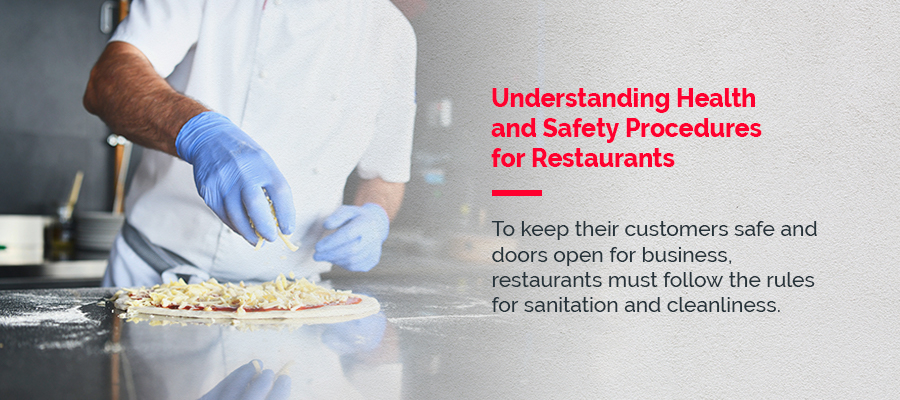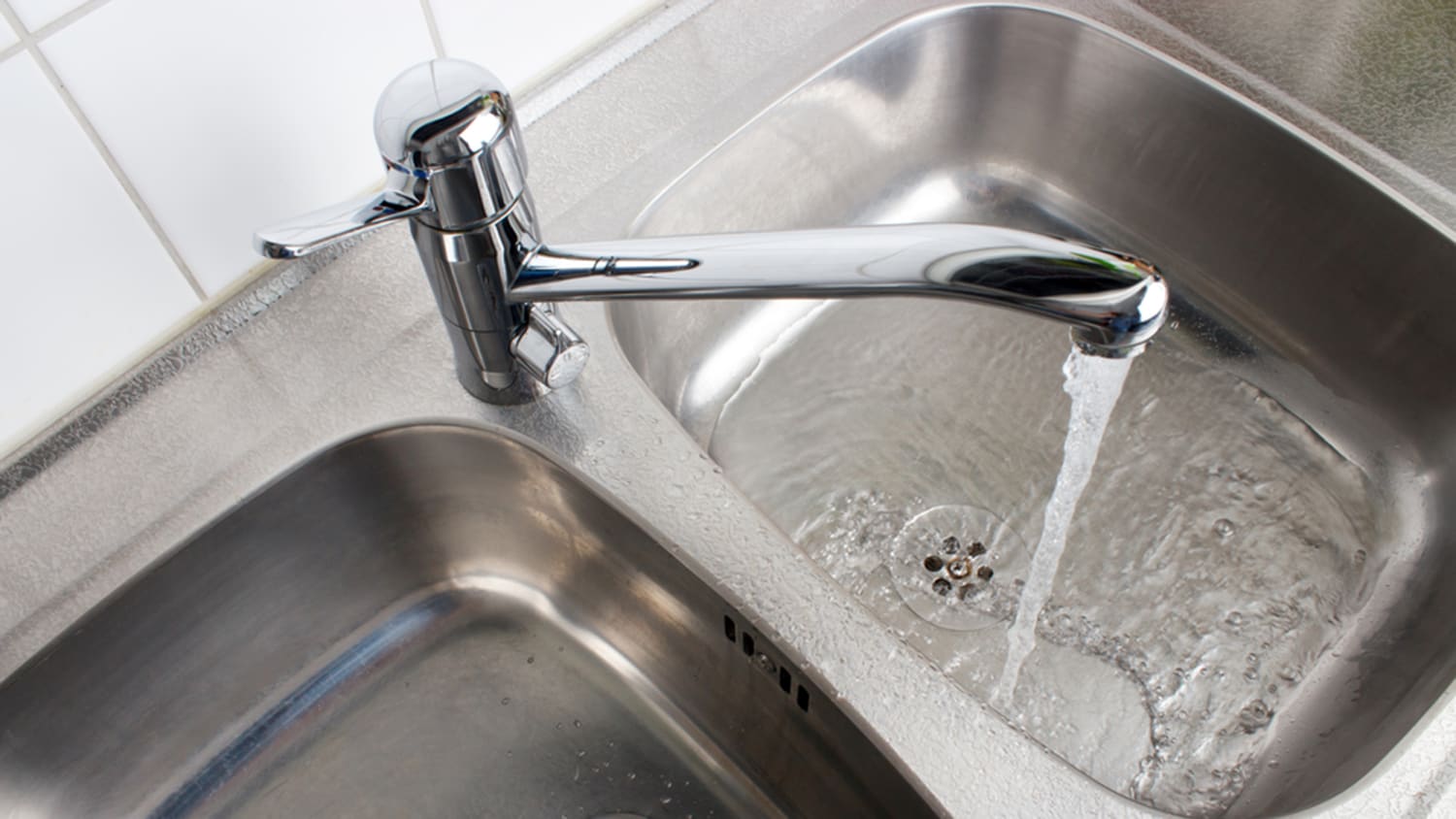Dining room management is an essential aspect of running a successful restaurant. It involves overseeing the day-to-day operations of the dining room, ensuring that guests have a pleasant experience and that the restaurant runs smoothly. From table setting to staff training, there are many important procedures that are involved in effective dining room management.Dining Room Management
There are many moving parts to a restaurant, and it is the manager's responsibility to ensure that everything runs efficiently. This includes overseeing the front and back of the house operations, managing staff schedules, and handling customer complaints. A good manager must have a strong understanding of all aspects of the restaurant's operations to make informed decisions and keep things running smoothly.Restaurant Operations
Providing excellent service is crucial to the success of any restaurant. This includes greeting guests, taking orders, serving food and drinks, and handling payments. Service procedures should be consistent and executed with attention to detail. Guest satisfaction should always be the top priority, and managers must ensure that service standards are met by regularly monitoring and training staff.Service Procedures
Table setting is an essential element of creating a welcoming and visually appealing dining environment. It involves arranging tableware, cutlery, and decor in a way that is both functional and aesthetically pleasing. The table setting should reflect the style and atmosphere of the restaurant and be adjusted accordingly for different meal services.Table Setting
In today's busy world, many guests make reservations before dining at a restaurant. Reservation management is the process of handling reservations, including managing the booking system, keeping track of reservations, and ensuring that tables are properly allocated. It is crucial to have a well-organized reservation system to avoid overbooking and ensure a smooth dining experience for guests.Reservation Management
The success of a restaurant relies heavily on guest satisfaction. A happy customer is likely to return, recommend the restaurant to others, and leave positive reviews. It is the manager's responsibility to ensure that guests are satisfied by regularly checking in with them, addressing any concerns or complaints promptly, and providing exceptional service.Guest Satisfaction
Well-trained staff is crucial to the success of any restaurant. It is the responsibility of the manager to ensure that all staff members are trained in their roles, as well as in customer service, food safety, and restaurant policies and procedures. Regular training sessions should be conducted to keep staff up to date with any changes and maintain a high standard of service.Staff Training
The menu is the focal point of any restaurant, and it is essential to have a well-crafted and diverse selection of dishes. Menu planning involves creating and updating menus, monitoring food costs, and incorporating customer feedback. Managers must also consider food trends and seasonality when planning menus to keep them fresh and appealing to guests.Menu Planning
Proper inventory management is crucial for controlling costs and ensuring that the restaurant has enough supplies to meet demand. This includes keeping track of stock levels, ordering new supplies, and monitoring food waste. Inventory management is a continuous process that requires careful attention to detail and organization.Inventory Management
Maintaining a clean and safe environment is essential in a restaurant. Managers must ensure that sanitation and safety procedures are followed at all times to prevent foodborne illnesses and accidents. This includes regular cleaning and disinfecting of surfaces, proper food storage and handling, and properly trained staff.Sanitation and Safety Procedures
Streamlining Service with Proper Staff Training

Effective Training for Efficient Dining Room Operations
 Dining room operations and procedures
can run like a well-oiled machine when staff are properly trained and equipped with the necessary skills and knowledge. In a fast-paced environment, it is crucial for employees to be able to work effectively and efficiently, ensuring a smooth and enjoyable dining experience for customers. This is why
effective training
is essential for
dining room operations
.
One key aspect of training for dining room operations is
customer service
. Staff should be trained to provide friendly and attentive service, maintaining a positive attitude even during busy periods. This not only helps to create a welcoming atmosphere for customers, but also builds customer loyalty and can lead to positive reviews and recommendations.
Another important aspect of training is
proper table setting and etiquette
. This includes knowing the correct placement of utensils, glassware, and tableware, as well as understanding the proper way to serve and clear dishes. A well-set table adds to the overall dining experience and can impress customers.
Proper
time management
is also crucial in
dining room operations
. Employees should be trained to work efficiently, minimizing wait times for customers and ensuring that orders are delivered in a timely manner. This can also help to prevent bottlenecks in the kitchen and contribute to a smooth flow of service.
Additionally,
menu knowledge
is important for staff to have in order to assist customers with their dining choices. They should be familiar with the ingredients and preparation methods of each dish, as well as any dietary restrictions or special requests. This not only helps customers make informed decisions, but also showcases the expertise and professionalism of the staff.
In conclusion,
dining room operations and procedures
can be optimized through effective staff training. By focusing on customer service, proper table setting and etiquette, time management, and menu knowledge, employees can provide efficient and high-quality service. This will not only lead to satisfied customers, but also contribute to the success of the restaurant.
Dining room operations and procedures
can run like a well-oiled machine when staff are properly trained and equipped with the necessary skills and knowledge. In a fast-paced environment, it is crucial for employees to be able to work effectively and efficiently, ensuring a smooth and enjoyable dining experience for customers. This is why
effective training
is essential for
dining room operations
.
One key aspect of training for dining room operations is
customer service
. Staff should be trained to provide friendly and attentive service, maintaining a positive attitude even during busy periods. This not only helps to create a welcoming atmosphere for customers, but also builds customer loyalty and can lead to positive reviews and recommendations.
Another important aspect of training is
proper table setting and etiquette
. This includes knowing the correct placement of utensils, glassware, and tableware, as well as understanding the proper way to serve and clear dishes. A well-set table adds to the overall dining experience and can impress customers.
Proper
time management
is also crucial in
dining room operations
. Employees should be trained to work efficiently, minimizing wait times for customers and ensuring that orders are delivered in a timely manner. This can also help to prevent bottlenecks in the kitchen and contribute to a smooth flow of service.
Additionally,
menu knowledge
is important for staff to have in order to assist customers with their dining choices. They should be familiar with the ingredients and preparation methods of each dish, as well as any dietary restrictions or special requests. This not only helps customers make informed decisions, but also showcases the expertise and professionalism of the staff.
In conclusion,
dining room operations and procedures
can be optimized through effective staff training. By focusing on customer service, proper table setting and etiquette, time management, and menu knowledge, employees can provide efficient and high-quality service. This will not only lead to satisfied customers, but also contribute to the success of the restaurant.




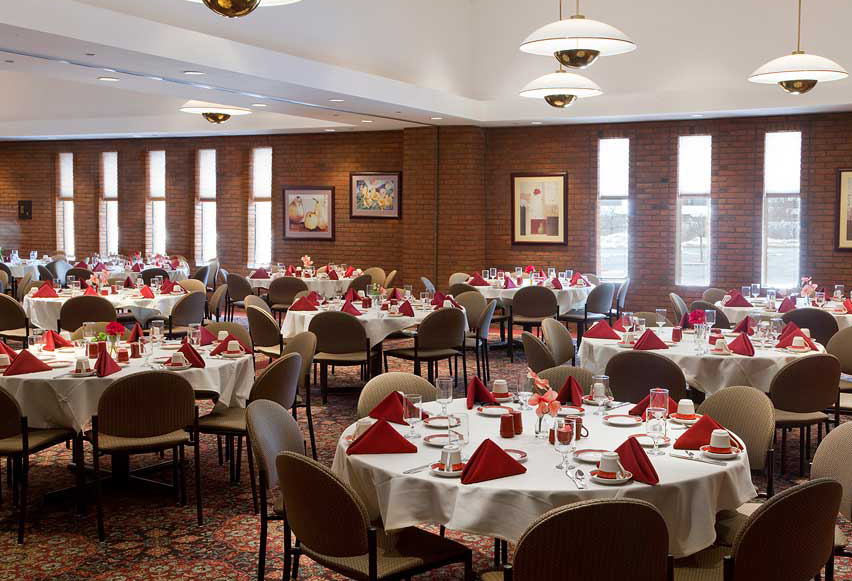

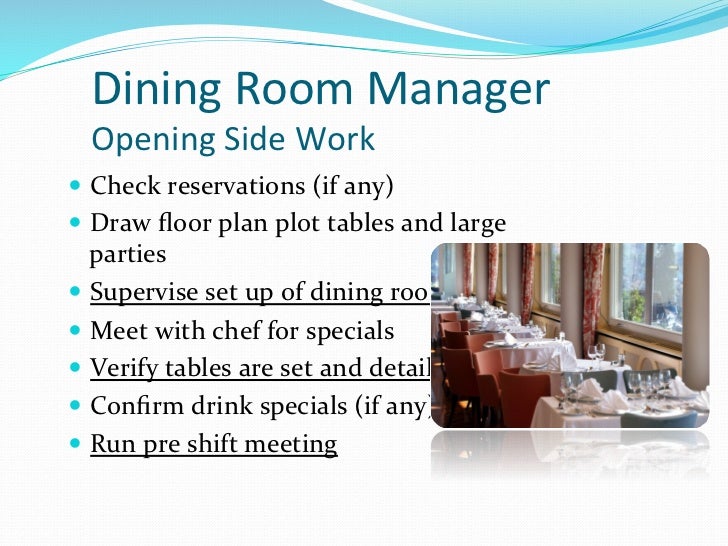



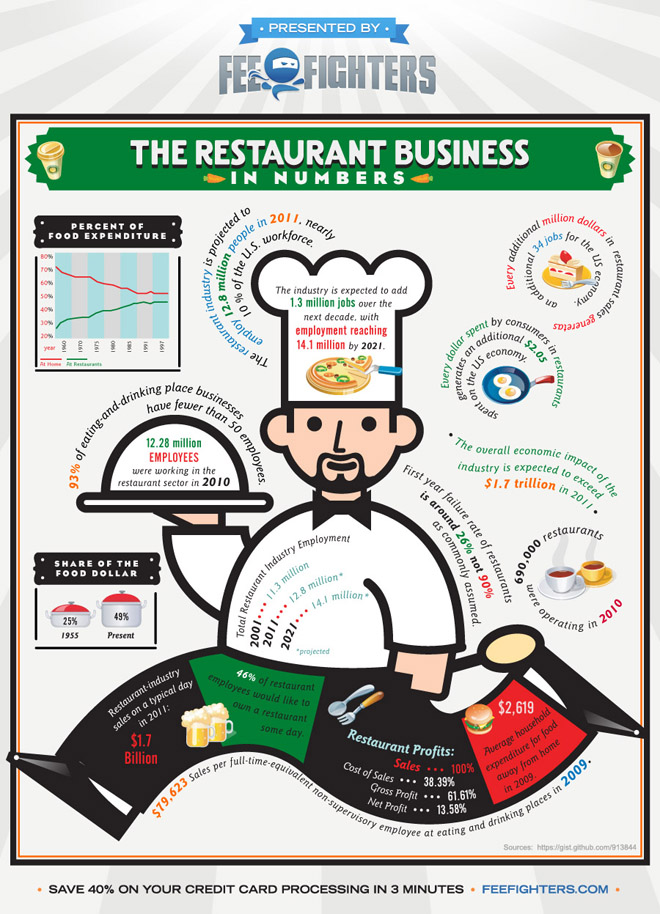


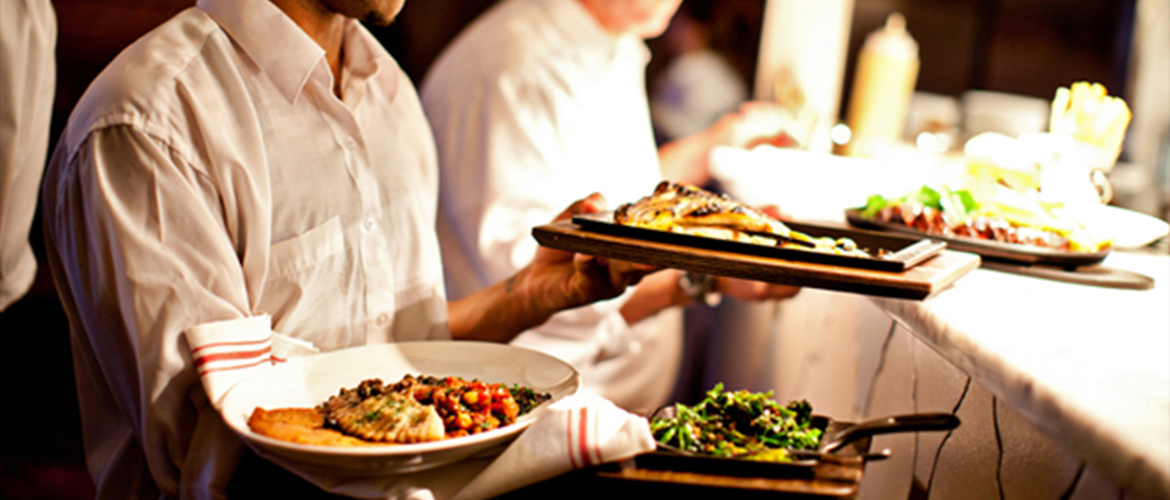


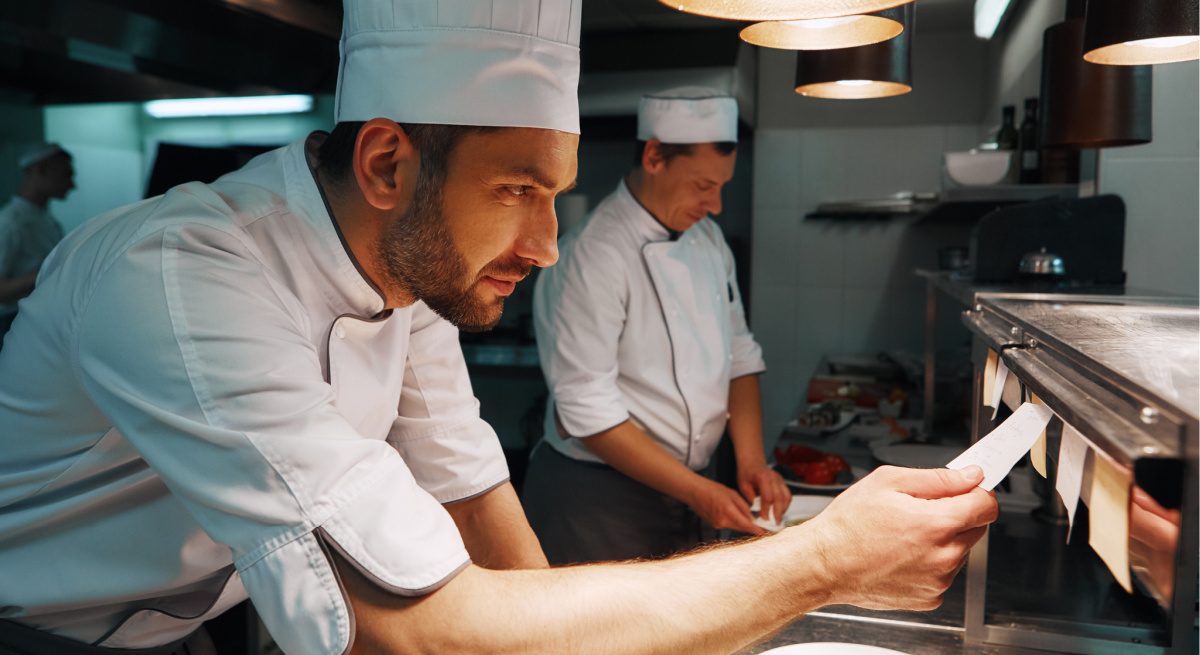
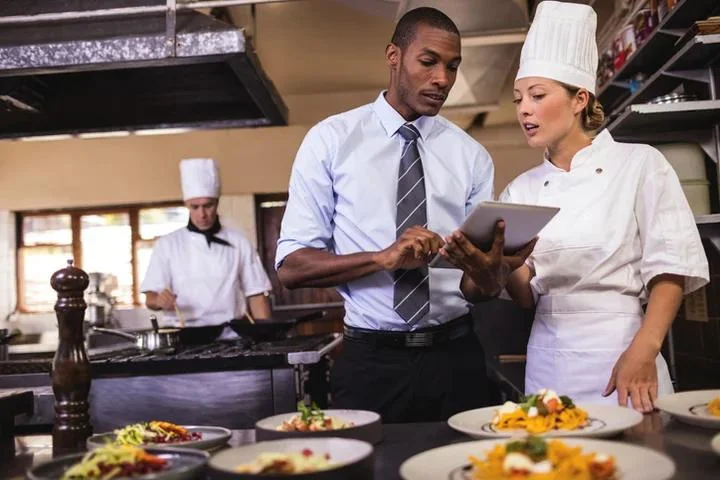
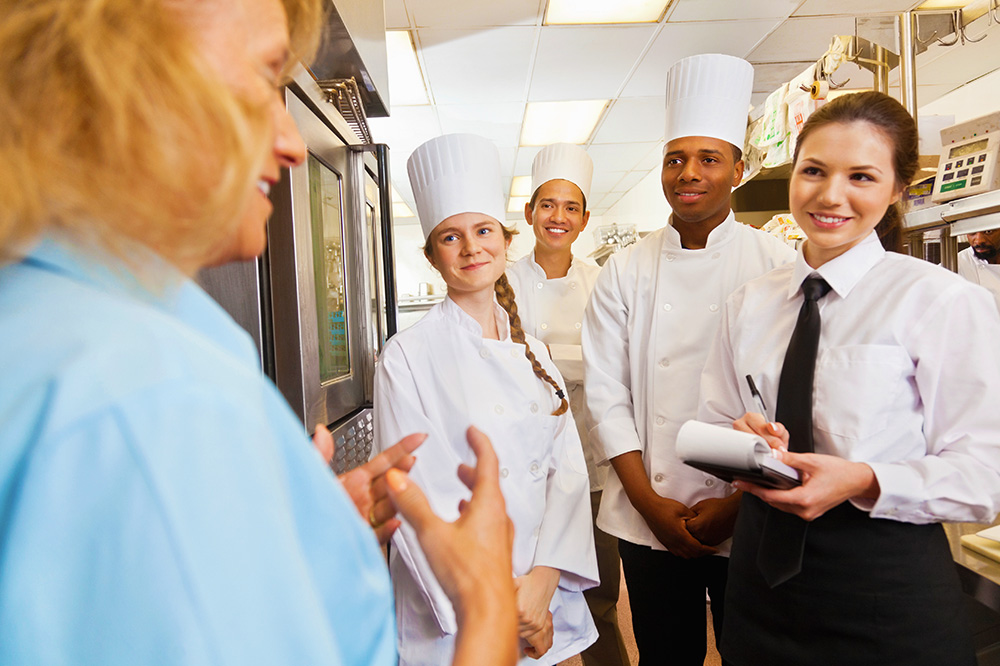







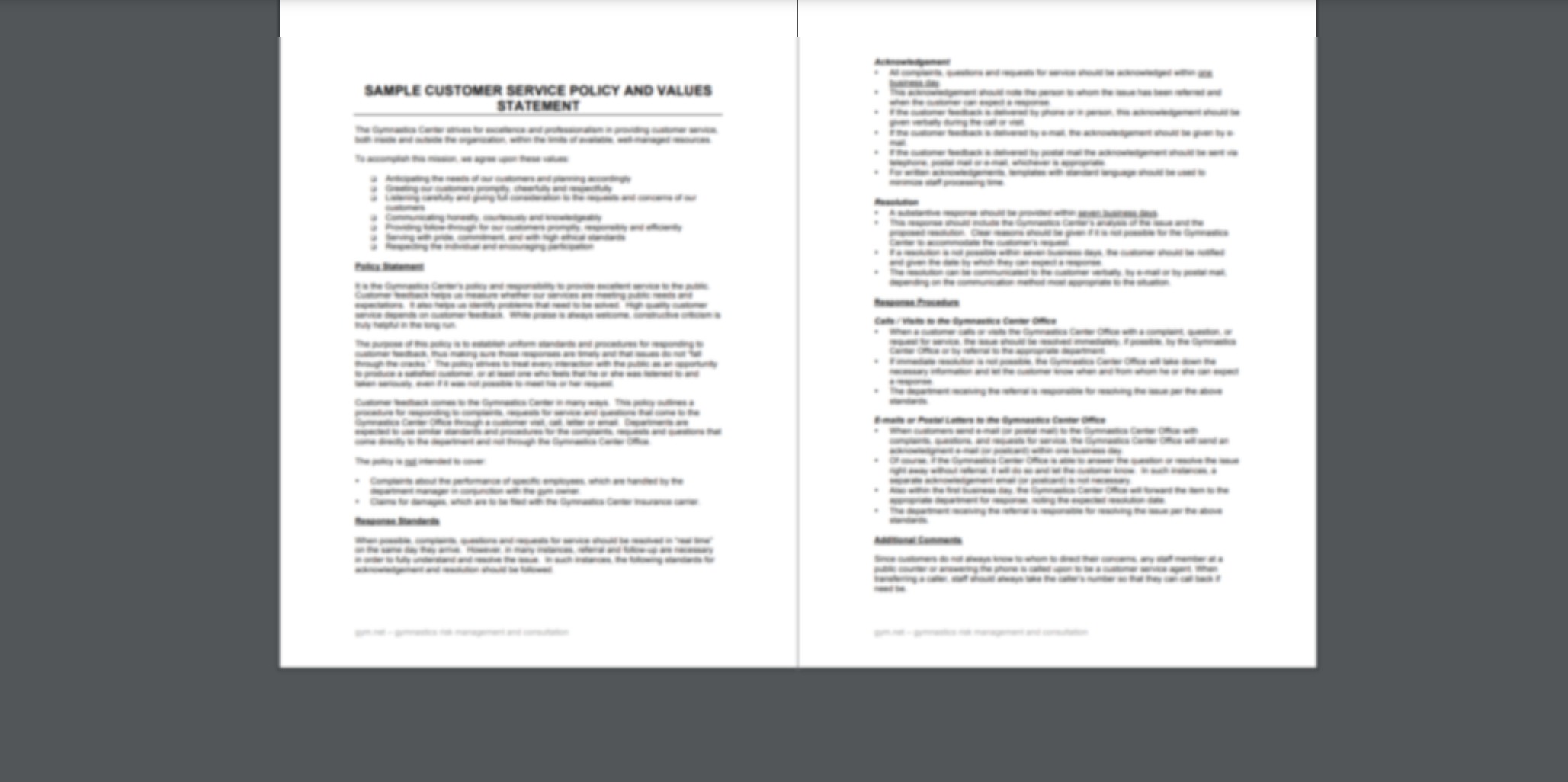
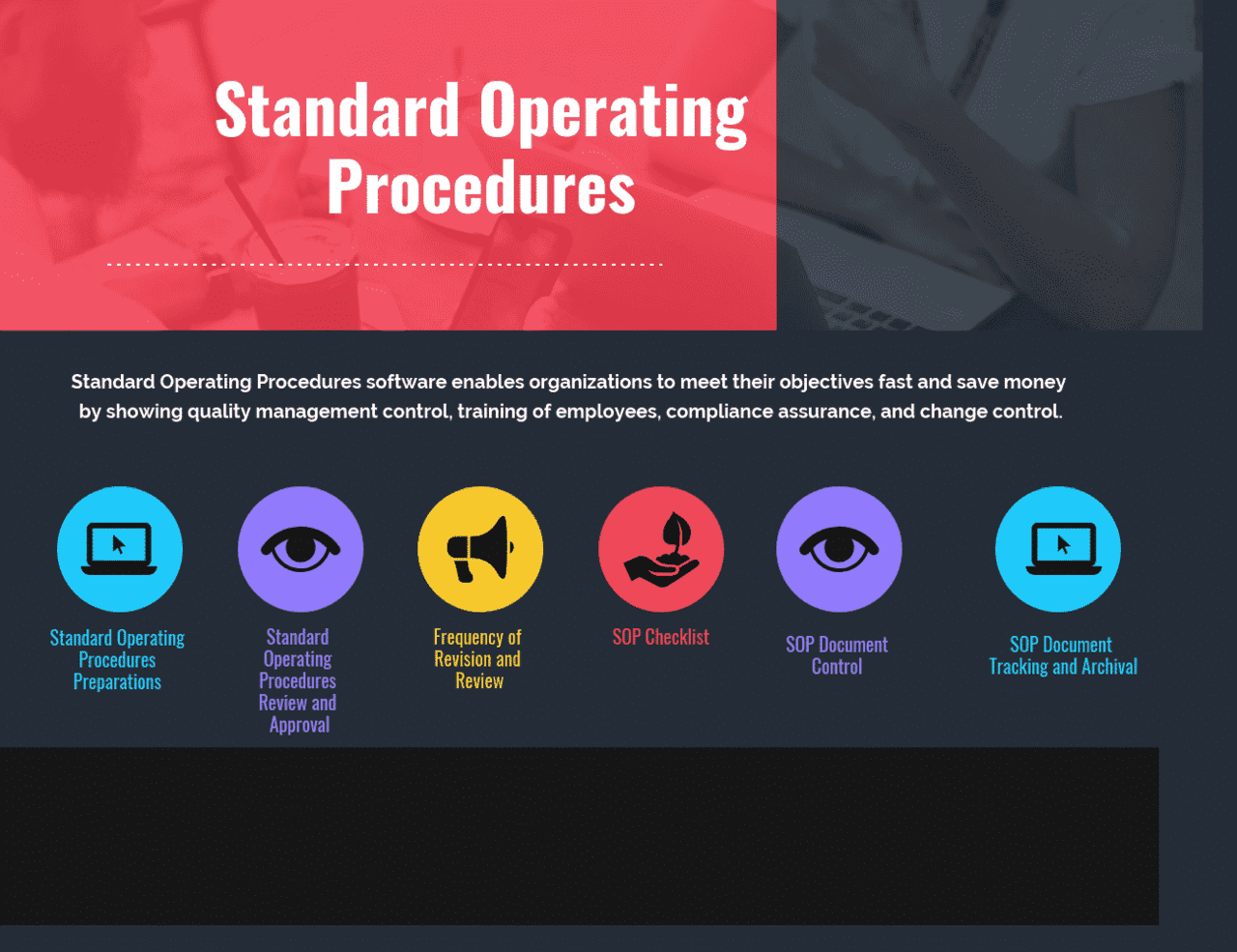










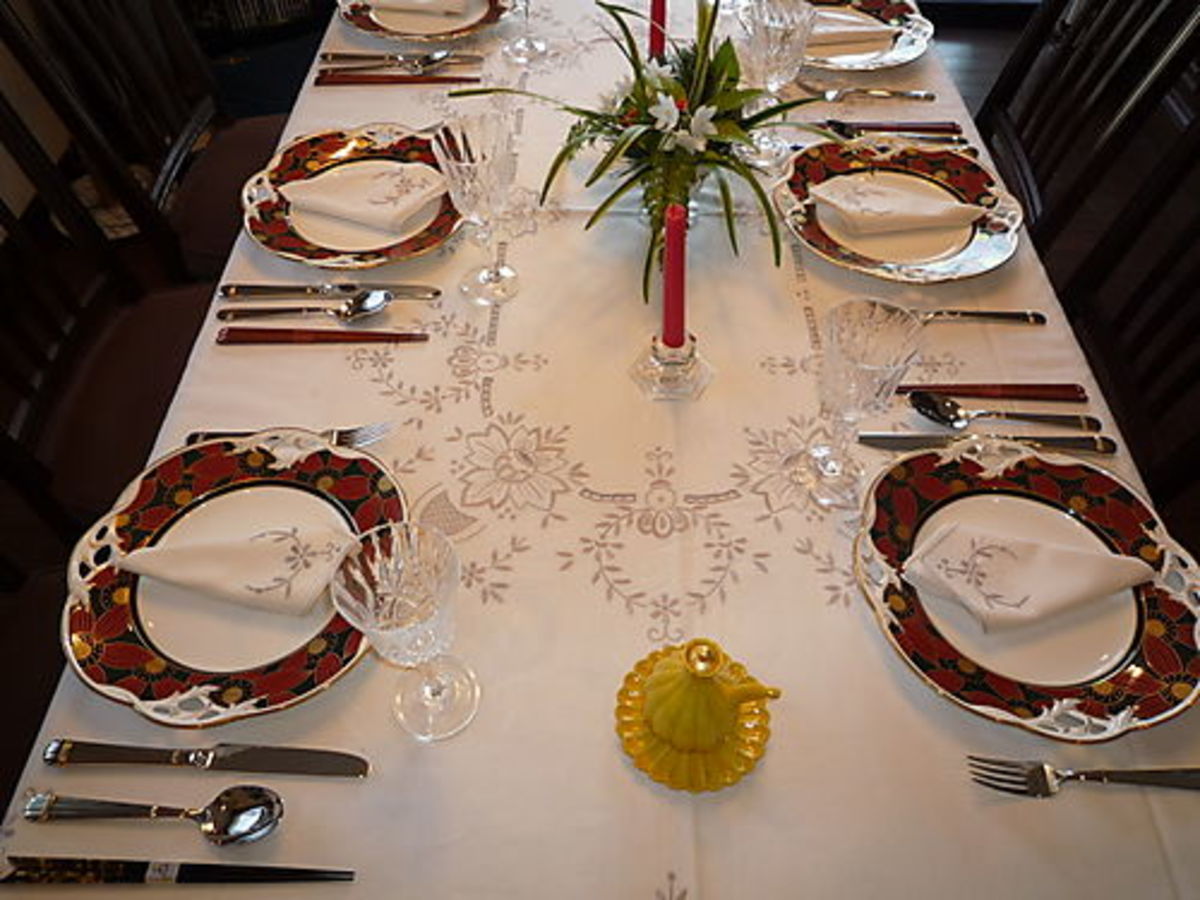


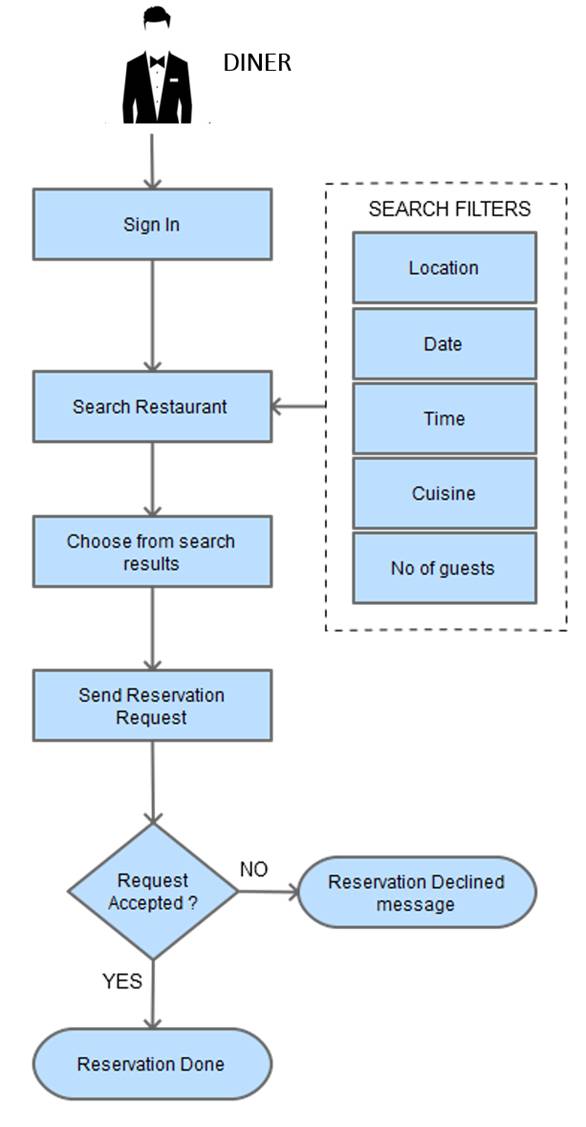


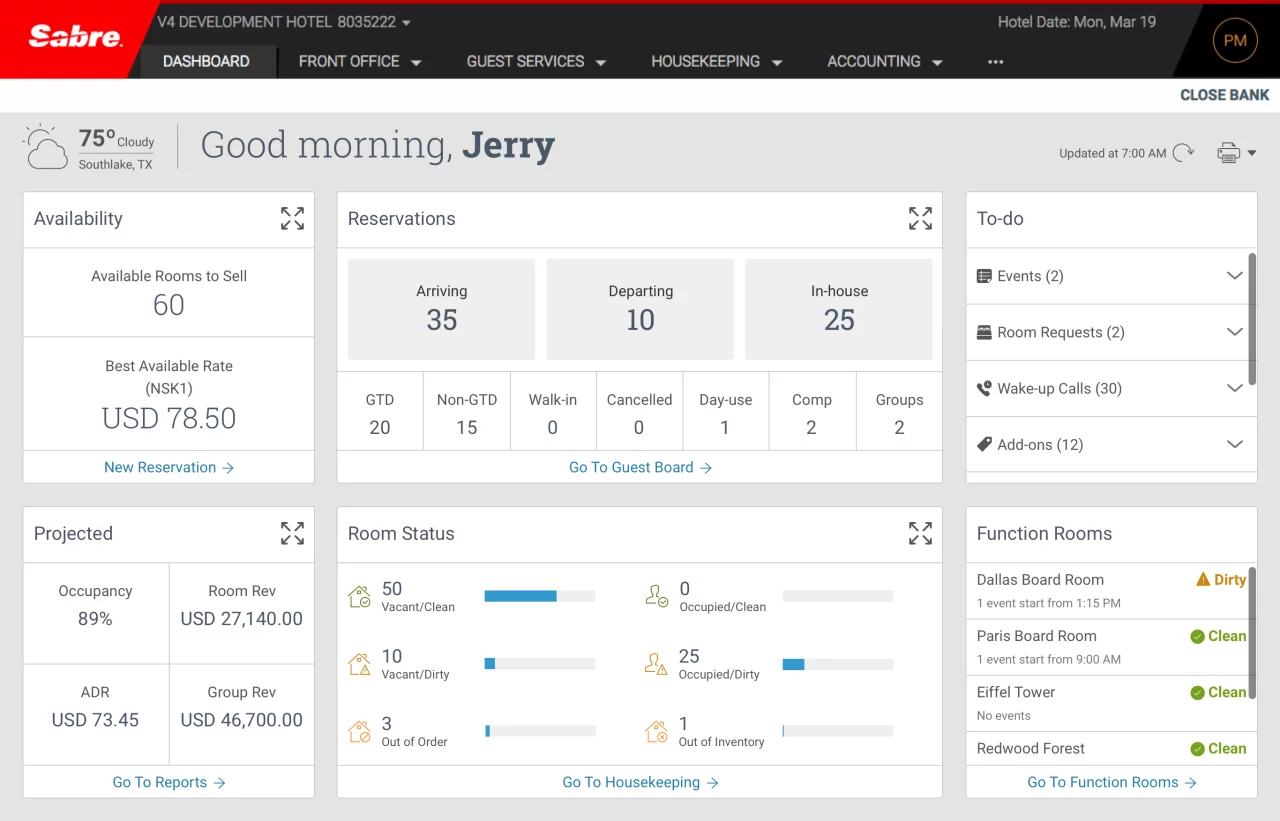
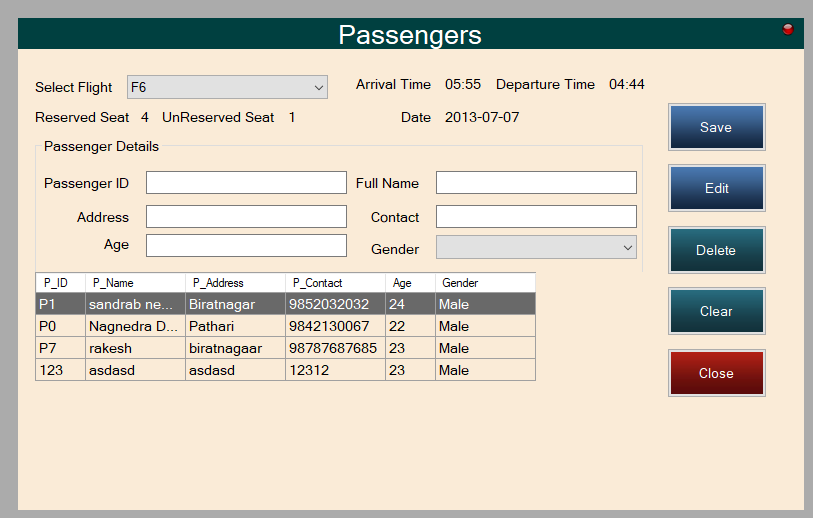

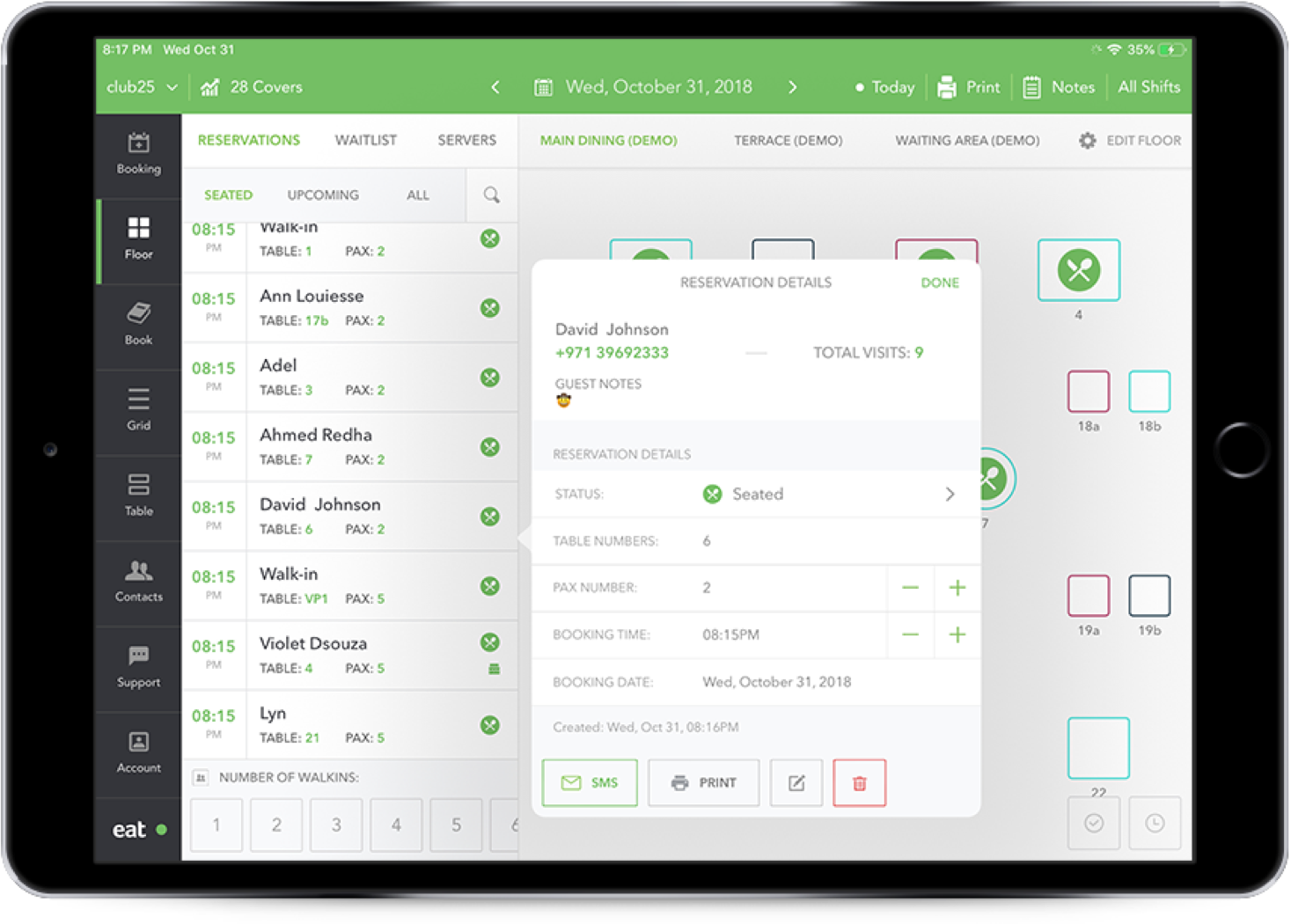




.jpeg)
